one. Appearance picture (as shown below) 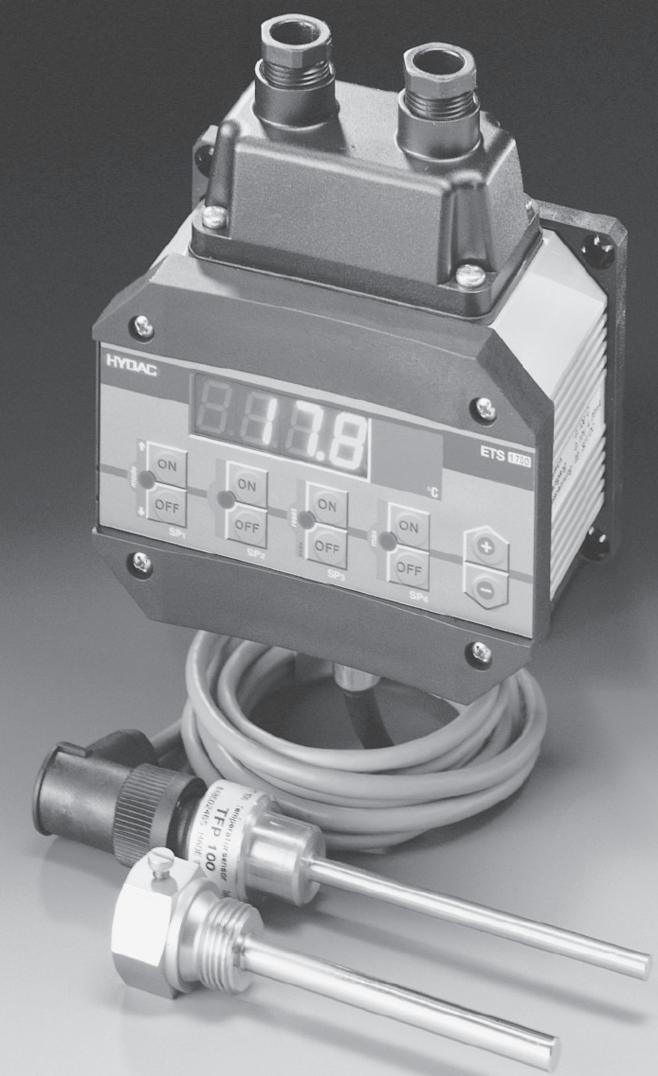
2. Working principle: 
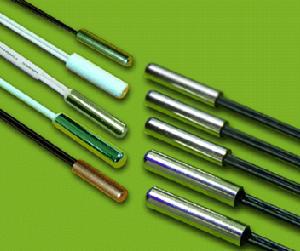
A sensor that converts temperature into electricity using various physical properties of matter as a function of temperature. These physical properties that exhibit regular changes mainly include volume or pressure changes (thermal expansion of gases, liquids, solids), changes in resistance values, changes in temperature difference potentials at the junctions of two metals (or non-metals), thermal radiation effects, Changes in color or shape, changes in crystal resonance frequency, and microwave, nuclear magnetic resonance, and laser characteristics. The temperature sensor is the core part of the temperature measuring instrument and has a wide variety.
According to the measurement method, it can be divided into two types: contact type and non-contact type.
According to the characteristics of sensor materials and electronic components, it is divided into two types: thermal resistance and thermocouple.
According to the mode of the temperature sensor output signal, it can be roughly divided into three categories: digital temperature sensor, logic output temperature sensor, and analog temperature sensor.
After entering the 21st century, intelligent temperature sensors are rapidly developing in the direction of high-tech, multi-function, bus standardization, high reliability and safety, development of virtual sensors and network sensors, and development of single-chip temperature measurement systems. The bus technology of the intelligent temperature sensor is also standardized, and can be used as a slave to communicate with the host through a dedicated bus interface.
Temperature sensor - contact temperature sensor 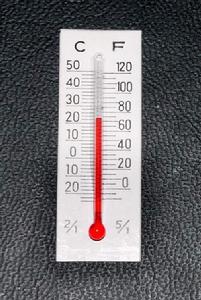
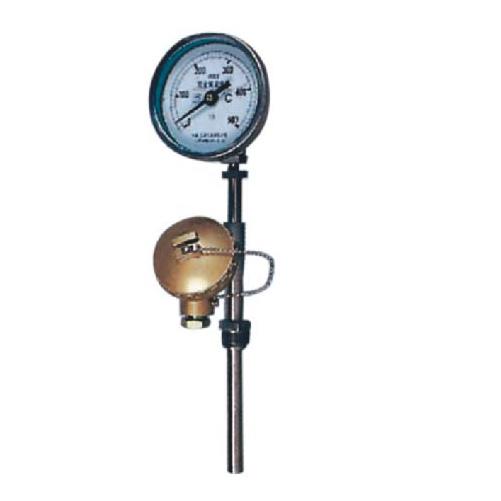
The detection part of the contact temperature sensor has good contact with the object to be tested, which is also called a thermometer.
The thermometer achieves thermal equilibrium by conduction or convection, so that the indication of the thermometer can directly indicate the temperature of the object to be measured. Generally, the measurement accuracy is high. The thermometer also measures the temperature distribution inside the object within a certain temperature range. However, for moving objects, small targets, or objects with small heat capacity, large measurement errors are generated. Commonly used thermometers include bimetal thermometers, glass liquid thermometers, pressure thermometers, resistance thermometers, thermistors, and thermocouples. They are widely used in industries, agriculture, commerce and other sectors. These thermometers are often used in everyday life.
Temperature sensor - non-contact temperature sensor
Its sensitive components are not in contact with the measured object, also known as non-contact temperature measuring instrument. This meter can be used to measure the surface temperature of moving objects, small targets and small heat or rapid temperature (transient) objects, as well as the temperature distribution of temperature fields. The most commonly used non-contact temperature measuring instrument is based on the basic law of black body radiation, called the radiation temperature measuring instrument.
Advantages of non-contact temperature measurement: The upper limit of measurement is not limited by the temperature resistance of the temperature sensing element, so there is no limit in principle for the highest measurable temperature. For high temperatures above 1800 °C, non-contact temperature measurement methods are mainly used. With the development of infrared technology, the radiation temperature measurement gradually spreads from visible light to infrared light, and has been adopted below 700 ° C until normal temperature, and the resolution is high.
Temperature sensor - thermocouple working principle Temperature range 0-1800 ° C When there are two different conductors and semiconductors A and B form a loop, when the two ends are connected to each other, as long as the temperature at the two junctions is different, the temperature at one end is T, Known as the working end or hot end, the other end temperature is TO, called the free end (also called the reference end) or the cold end, then there is current in the loop. As shown in the figure, the electromotive force existing in the loop is called heat. Electromotive force. 
Temperature sensor - the characteristic value of the thermal resistance material characteristic conductor changes with temperature, and the temperature of the measured object is calculated by measuring the resistance value. The sensor constructed by this principle is the resistance temperature sensor, and the sensor is mainly used for -200- Temperature measurement in the temperature range of 500 °C. Pure metal is the main manufacturing material of the thermal resistance, and the material of the thermal resistance should have the following characteristics:
1 The temperature coefficient of resistance should be large and stable, and there should be a good linear relationship between the resistance value and the temperature.
2 high resistivity, small heat capacity and fast reaction speed.
3 The material has good reproducibility and manufacturability, and the price is low.
4 The chemical and physical properties are stable within the temperature range.
At present, the most widely used platinum and copper in the industry has been fabricated into a standard temperature measuring thermal resistance.
Temperature sensor - logic output type temperature sensor
In many applications, we do not need to rigorously measure temperature values. We only care if the temperature is outside a set range. When the temperature exceeds the specified range, an alarm signal is sent to turn the fan, air conditioner, heater or other control on or off. Equipment, a logic output temperature sensor is available at this time. That is what we usually call the temperature switch. 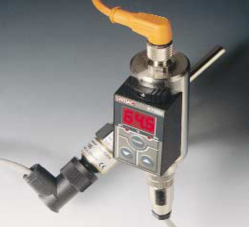
Three. Selection of main parameters
1. First understand that the whole set includes: temperature sensor, display, protective sleeve, etc., when the customer first selects the model, it must be clearly stated with the customer, so as not to miss the order and cannot use it.
2. Temperature range: This is a basic and important parameter, such as -20 ° C - 100 ° C.
3. Output signal: This is like a pressure sensor with a switch and an analog output.
4. Mechanical connection: This item has the same connection thread specifications as the pressure sensor.
UHC Marine Electrode Water Level Sensor
Uhc Marine Electrode Water Level Sensor,Electrode Type Water Ingress Detection Sensor,Water Ingress Detection Sensor,Water Ingress Detection Sensotion Sensor
Taizhou Jiabo Instrument Technology Co., Ltd. , https://www.taizhoujiabo.com